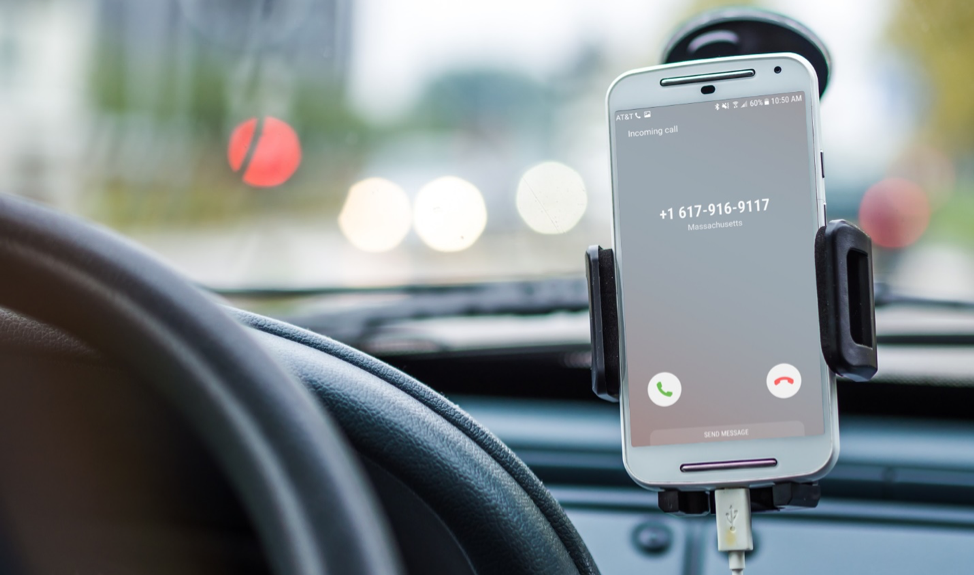How insurers collect telematics data is changing

At the end of 2018, Octo partnered with Wells Media to conduct its second state of insurance telematics survey. We surveyed 144 senior managers and executives of US property and casualty insurance carriers to find insights into how they are using telematics, how the market is evolving, and the challenges and benefits an insurer can expect when implementing telematics.
Perhaps the most striking shift between 2016 and 2018 is how insurance carriers are collecting their telematics data. In 2018, smartphones surpassed OBD-2 dongles as the primary sensor driving telematics in the US. While only 17% of programs were smartphone-driven in 2016, 36% of insurers used smartphones as a sensor in 2018. The growth in smartphones has not driven significant reductions in dongle-based programs, but instead comes from new programs.
OEM-integrated programs have also grown, tripling from use in 4% of insurance telematics programs in 2016 to 15% in 2018 (Figure 7).

In 2018, 8% of respondent organizations used windshield tags as a device to collect telematics data (Figure 6). While we did not collect survey data on the use of windshield tags in 2016, we are confident that the use of tags has increased according to other reputable market studies.

Just over half (57%) of insurance carriers are currently using only one device to collect telematics data. For the carriers using a mix of devices, the most common combination is OBD-2 and smartphone representing 8% of carriers, down from 26% in 2016. This divestment of a multi-device portfolio shows the increased strength of the smartphone-only value proposition.
Benefits and challenges of smartphone-only telematics
Smartphone-based telematics has three primary benefits over traditional, device-based telematics:
- Reduced costs: Using smartphones as telematics sensors can significantly reduce the cost of launching a telematics program by eliminating device, telecommunication, shipping, receiving, refurbishing, and warehousing costs. While there are still costs associated with building and maintaining a smartphone app, the cost per user decreases significantly more when scaling mobile telematics than device-based telematics.
- Ease of adoption: Each step between the binding of a policy and activation of the telematics sensor (whether smartphone or device) reduces the likelihood that the insurer will collect the data they need. With the smartphone-as-a-sensor model, activation rates increase as a telematics app can be delivered almost immediately via email, chat window, or web page.
- Improved engagement: Whether using smartphones as a sensor or a smartphone / device hybrid solution, pairing telematics with a smartphone enables customer engagement tactics that drive retention and reduce risk.
There are also challenges unique to smartphone-based telematics, including:
- Data consistency: Every make and model of smartphone uses a unique combination of sensors (accelerometer, gyroscope, GPS) to collect data. Differences in operating systems, versions, and configurations also lead to data quality issues. Additionally, lacking a device, insurers and TSPs may be challenged to identify only trips associated with the insured vehicle, potentially mischaracterizing some risk.
- Functionality loss: Smartphone-only telematics precludes some functionality that other programs offer. One notable example is the collection and use of vehicle data from the CAN bus. Smartphone-based telematics also poses challenges in insurers’ ability to detect and reconstruct accidents based on telematics data due to data consistency, accuracy, and frequency challenges.
Impact on telematics adoption
With the expansion of smartphone-based telematics and the increase in market experience with the implementation of telematics, the percentage of insurers concerned with the cost of telematics implementation has dropped significantly from 2016 (29%) to 2018 (16%). Smaller carriers and carriers who were earlier in their implementation of telematics are more concerned with implementation costs than Tier 1 carriers.
Similarly, fewer insurers highlighted challenges associated with proving the ROI of telematics in 2018 (16%) than in 2016 (36%). In part, this is likely due to the rise in smartphone telematics and the associated reduction in cost and improved adoption rates.